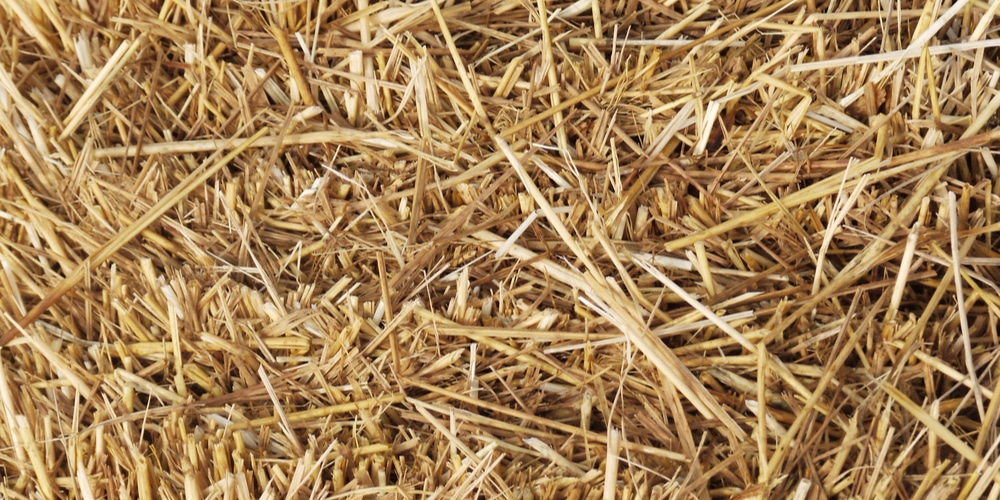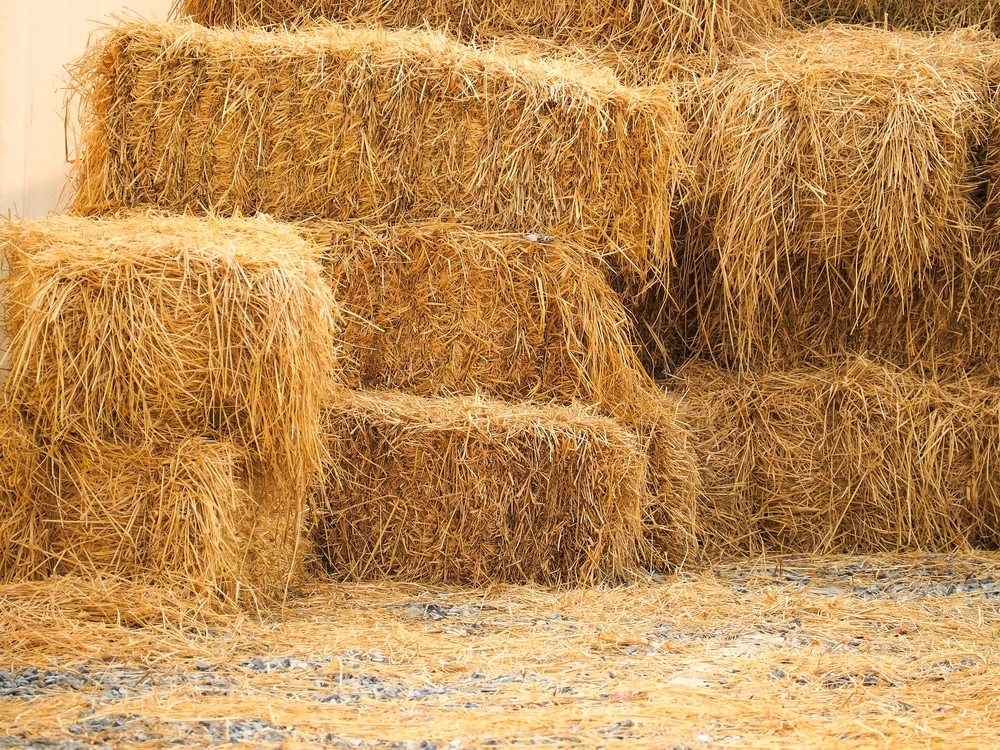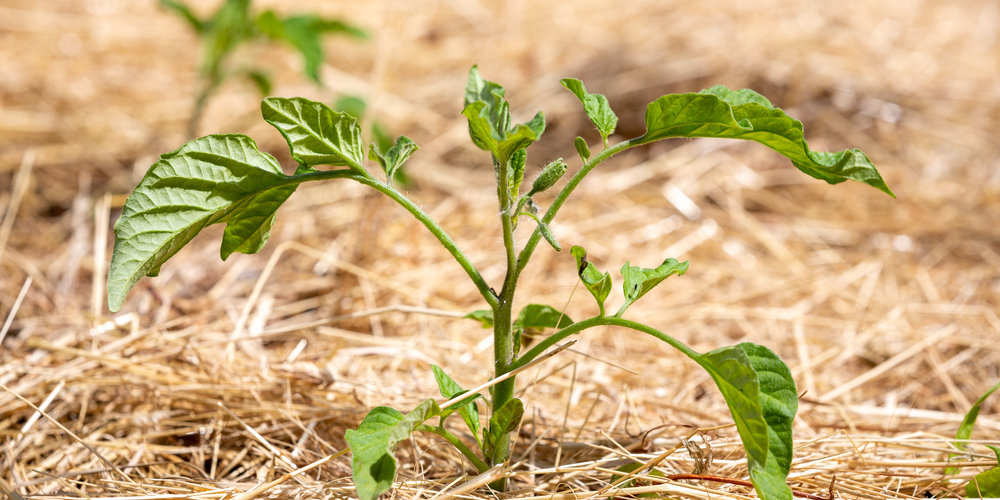Often, I hear people use the words hay and straw as if they pose the same meaning. Additionally, these two words are often interchanged in many situations. Despite the considerable confusion surrounding these terms, there is a big distinction between the two. You may be wondering which is best, hay vs straw.
When used as an expression, a hayride, for instance, even though you may be using straw, it technically refers to riding atop a load of hay (or, in this case, a straw). After all, a straw ride won’t simply have that same ring to it, doesn’t it?
However, in the garden and agricultural settings, there is a big difference between the two, and it’s essential to know when to use each one. Whether you’re starting a farm, getting into gardening, or looking for the best material for your pet’s bedding, understanding what makes hay and straw different is crucial.
Are Hay and Straw Different?

Before anything else, let’s get this out of the way. Although both hay and straw may look similar at first glance, they’re actually quite different. In fact, they come from two different plant types entirely. And while there’s a common belief that hay is a type of straw, this couldn’t be any further from the truth.
Hay vs Straw: Understanding Their Differences
Generally speaking, hay and straw differ from each other in terms of their purpose, how they’re made, and what plant parts they come from. In addition, there are specific uses that straws are best suited for, while hay is ideal for other purposes. Let’s explore these differences in detail below:
Plant Type
One of the most significant distinctions between hay and straw is the plant type that they come from. Hay is typically derived from grasses and legumes; ryegrass, fescue, alfalfa, timothy, and clover are some of the most popular examples. On the other hand, straw is usually harvested from cereal grains like wheat, oats, rice, and barley.
Composition
While the plant types may be different, hay and straw also differ in terms of their composition. Hay is composed of the leaves, stems, and seeds of grasses and legumes. It also has a high moisture content, ranging from 20% to 30%.
On the other hand, straw is made up of the stalks or straws of cereal grains. It has a much lower moisture content, typically ranging from 12% to 14%. This lower moisture content attributes to straw’s higher burning temperature. While hay may also be dried, there’s often a difference in texture, and you may feel that hay is still a bit spongy while straw is quite brittle.
Uses
The differences in composition also affect the uses of hay and straw. Hay is mainly used as animal feed for cows, rabbits, goats, and other livestock.
Straw, on the other hand, is often used as mulch or packing material. It’s also often the first choice in terms of animal bedding because of its absorbent nature. Aside from this, it’s also used in gardens as compost, mulch, or thatching material.
When it comes to feeding animals, hay is a more ideal option because of its high nutritional value. Although straw may still be given as feeds to livestock, it has low nutritional value making it the lesser ideal choice.
Physical Characteristics
Another easy way to tell the difference between hay and straw is by looking at their color. Hay is usually golden or greenish-brown in color, while straw is more yellowish.
The physical appearance of hay and straw also differs quite significantly. Hay typically has a softer and more comfortable texture, while straw is often described as being rough or prickly. This difference in texture is attributed to the fact that hay still has its leaves while straw doesn’t.
Cultivation
The cultivation process for hay and straw also differs quite significantly. With hays, the entire plant is cut and allowed to dry in the field before it’s baled. The drying process is crucial as hay can spoil quickly, especially during humid weather conditions.
Straw, on the other hand, is only harvested once the grains and chaff have been threshed or milled. Once that’s done, the straws are then baled separately.
Uses of Hay and Straw in Gardening
Every gardener may have had to create a compost pile at one point in their gardening journey. And while you may be tempted to just throw everything in there, it’s actually best to know what goes well together and what doesn’t.
As a general rule of thumb, straw is better for layering on top of a compost pile along with other ingredients like kitchen scraps, grass clippings, and leaves. This is because straw is less likely to mat down, and it also provides aeration to the compost pile.
Because straw doesn’t contain seeds, it’s also less likely to introduce weed seeds into your garden beds.
Straw also makes an excellent mulching material. Its ability to insulate the soil, suppress weeds, and retain moisture makes it a gardener’s best friend.
Hay, on the other hand, isn’t as commonly used in gardening. This is because hay contains a lot of seeds, which can introduce weed problems into your garden beds.
While it’s not as popular as straw, hay can still be used in composting and mulching. When using hay for these purposes, make sure to chop or shred it first to help speed up the decomposition process.
Hay vs Straw: Final Thoughts
Both straw and hay have their pros and cons, and in terms of which one is better, it really depends on your needs. If you’re looking for animal feed, then hay is the way to go, thanks to its nutritional value.
But for gardening needs, straw has been proven to be more beneficial, mainly thanks to its low seed content, ability to insulate the soil and weed-suppressing properties.

